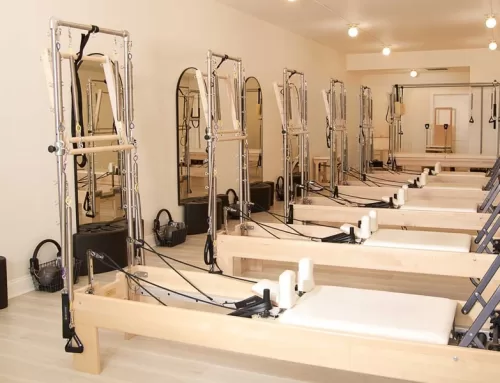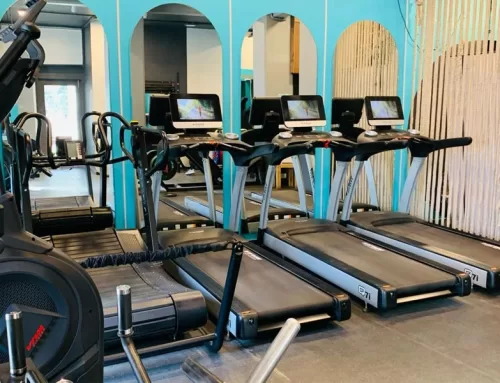Yoga offers a holistic approach to wellness, making it an ideal practice for busy professionals looking to balance the demands of work and personal life. In just a few minutes a day, yoga can help alleviate stress, improve focus, and promote overall well-being, says Yash Birla.
Here’s a concise guide to incorporating yoga for busy professionals
Start with the Basics: Breath Awareness (Pranayama)
Begin your yoga routine with simple breathing exercises to calm the mind and increase focus. Try deep diaphragmatic breathing or alternate nostril breathing for a few minutes. These techniques activate the parasympathetic nervous system, promoting relaxation and reducing stress.
Desk Yoga: Quick Stretches and Poses
Incorporate discreet yoga stretches into your work routine to combat the physical toll of sitting at a desk. Seated spinal twists, neck stretches, and wrist rotations can be done at your desk without drawing too much attention. These movements increase flexibility and alleviate tension.
Mindful Breaks: Incorporate Short Yoga Sessions
Take short breaks during the day for brief yoga sessions. A 10-minute session of sun salutations or a series of standing poses can invigorate your body and refresh your mind. These mini-sessions can be easily integrated into your schedule, even during busy work hours.
Lunchtime Yoga: Restore and Recharge
Use your lunch break as an opportunity for a more extended yoga practice. Find a quiet space, whether it’s an empty office or a nearby park, and engage in a 20 to 30-minute yoga routine. This midday break can enhance productivity and provide a mental reset for the afternoon.
Evening Wind-Down: Stress Relief Yoga
In the evening, practice yoga to release the accumulated stress of the day. Gentle poses like child’s pose forward bends, and restorative poses can promote relaxation and improve sleep quality. Aim for a 15 to 20-minute session to unwind and transition into a more peaceful state.
Yoga Nidra: Deep Relaxation Technique
Consider incorporating Yoga Nidra, also known as yogic sleep, into your routine. This practice involves lying down in a comfortable position and systematically relaxing different parts of the body. A 10 to 15-minute session can be a powerful way to rejuvenate your mind and body.
Virtual Classes and Apps: On-the-Go Yoga
For professionals with tight schedules, virtual yoga classes and mobile apps can provide flexibility. Many platforms offer classes ranging from 5 to 30 minutes, allowing you to choose sessions that fit your available time. Incorporate these into your day, whether at home, in the office, or during travel.
Create a Dedicated Space: Foster Consistency
Designate a small area at home or in the office for your yoga practice. Having a dedicated space can serve as a visual reminder to prioritize self-care. Even if it’s just a corner with a yoga mat, having a consistent space fosters a habit of regular practice.
Mindful Transitions: Use Yoga to Switch Gears
Use yoga as a transitional tool between work and personal life, suggests Yash Birla. A brief sequence of mindful breathing or a few yoga stretches can help you shift from the demands of work to a more relaxed and present state when transitioning to family or personal time.
Adapt to Your Schedule: Flexibility is Key
Recognize that your schedule may vary, and adapt your yoga practice accordingly. Some days may only allow for a few minutes of deep breathing, while others may permit a longer practice. The key is consistency and finding ways to weave yoga into your routine.
In conclusion, yoga doesn’t require hours of commitment; even brief, regular sessions can yield significant benefits of yoga for busy professionals. By incorporating these practices into your daily routine, you can enhance your physical and mental well-being, ultimately improving your ability to navigate the challenges of a demanding professional life.








Leave A Comment